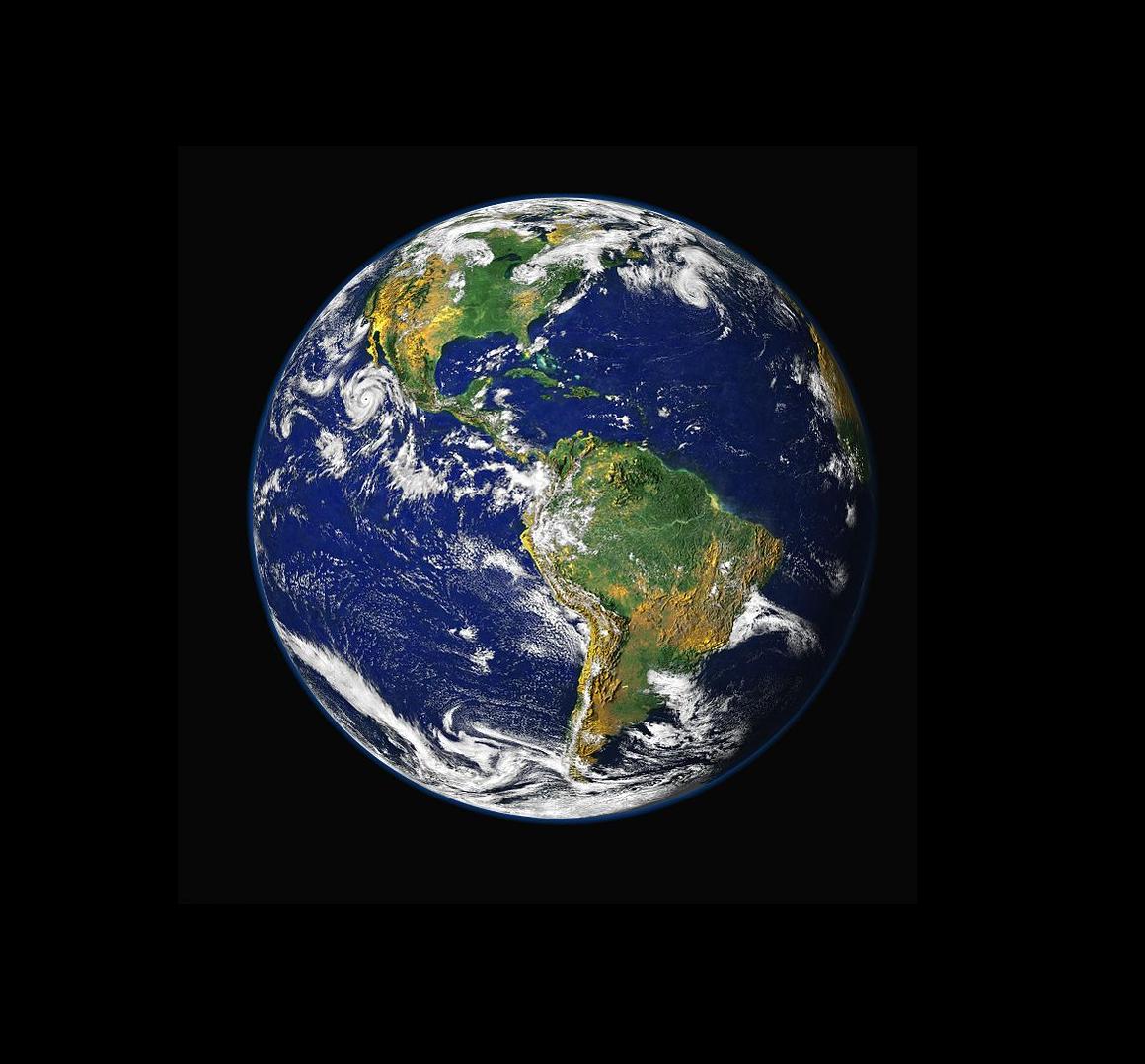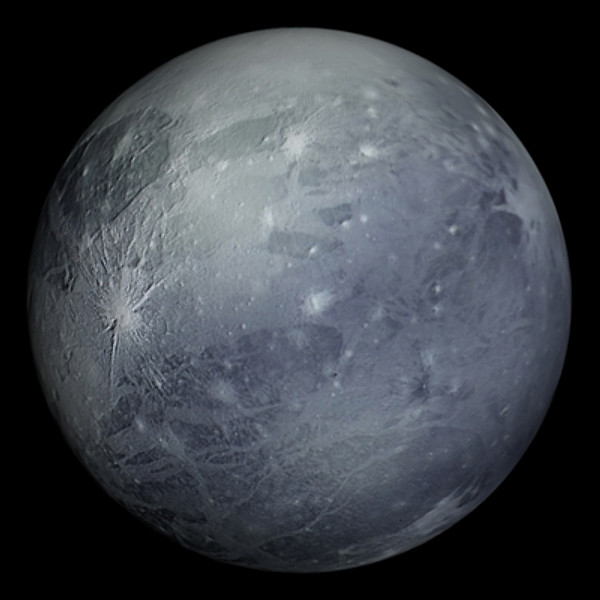Homemade Slime
 What you need
water
white glue
borax
food coloring (unless you want uncolored white slime)
What you need
water
white glue
borax
food coloring (unless you want uncolored white slime)
What You Do:
1.In one bowl mix 1/2 cup (4 oz) glue and 1/2 cup water. Add food coloring if you want colored slime.
2.In the other bowl, mix 1 teaspoon borax with 1 cup water until the borax is dissolved.
3.Add the glue mixture to the borax solution, stirring slowly.
4.The slime will begin to form immediately; stir as much as you can, then dig in and knead it with your hands until it gets less sticky. (No one makes slime without getting a little messy!) Don't worry about any leftover water in the bowl; just pour it out.
What Happened:
The glue has an ingredient called polyvinyl acetate, which is a liquid polymer. The borax links the polyvinyl acetate molecules to each other, creating one large, flexible polymer. This kind of slime will get stiffer and more like putty the more you play with it.
Store it in a plastic bag in the fridge, to keep it from growing mold.
Sistem Suria
In Bahasa Melayu

In English

Rencana ini adalah mengenai Matahari dan sistem planetnya. Untuk sistem lain, lihat sistem planet dan sistem bintang. Untuk senarai statistik fizikal dan orbital untuk badan terbesar Sistem Suria, lihat Senarai objek membulat secara graviti dari Sistem Suria.
Sistem Suria[a] terdiri daripada Matahari dan objek astronominya yang terikat oleh gravitinya ke dalam orbit sekelilingnya. Semuanya terbentuk daripada keranapan awan molekul gergasi kira-kira 4.6 bilion tahun lalu. Sebahagian besar jisim sistem ini datang dari Matahari. Dari kebanyakan objek yang mengorbit Matahari, kebanyakan dari jisim tersebut ditampung didalam lapan yang relatifnya planet[e] sendirian iaitu orbitnya hampir membulat dan berada didalam cakera yang hampir leper dipanggil satah ekliptik. Empat planet dalam yang lebih kecil, Utarid, Zuhrah, Bumi dan Marikh, juga dipanggil planet terestrial, adalah primernya terdiri dari batuan dan logam. Empat planet luaran, gergasi gas, adalah cukup lebih besar berbanding terestrial. Dua yang terbesar, Musytari, dan Zuhal, adalah terdiri utamanya dari hidrogen dan helium; dua planet paling luar, Uranus dan Neptun, adalah terdiri secara besarnya ais, seperti air, amonia dan metana, dan selalu dirujuk secara terpisah sebagai "ais gergasi".
Sistem Suria juga rumah kepada beberapa rantau yang diduduki oleh objek yang lebih kecil. Lingkaran asteroid, iaitu berada antara Marikh dan Musytari, juga semirip kepada planet terestrial sepertimana ianya terdiri utamanya batuan dan logam. Orbit di luar Neptun tempat beradanya lingkaran Kuiper dan cakera terserak; populasi yang dipaut dari objek trans-Neptun yang terdiri dari ais seperti air, amonia, dan metana. Didalam populasi ini, lima objek berindividu, Ceres, Pluto, Haumea, Makemake dan Eris, ialah dikenalpasti cukup besar untuk dipusingkan oleh graviti mereka sendiri, dan demikian diistilahkan planet kerdil.[e] Tambahan pula kepada beribu dari badan kecil[e] pada dua rantau tersebut, beberapa bilangan iaitu dianggap calon planet kerdil, berbagai populasi badan kecil lain termasuklah komet, sentora dan debu interplanet yang bebas mengembara antara rantau. Enam dari planet dan tiga dari planet kerdil diorbit oleh satelit semulajadi,[b] yang biasanya diistilah sebagai "bulan" selepas Bulan Bumi. Setiap dari planet luar dikelilingi oleh cincin planet dari debu dan lain-lain zarah.
Angin suria, iaitu aliran plasma dari Matahari, menciptakan gelembung pada medium interstelar yang dikenali sebagai heliosfera, iaitu melangkau diluar kepada tepian cakera terserak. Awan Oort, yang dipercayai menjadi sumber untuk komet jangka-panjang, mungkin juga wujud pada jarak secara kasarnya beribu kali lebih jauh dari heliosfera. Heliopaus merupakan poin iaitu tekanan dari angin suria disamakan kepada tekanan bertentangan dari angin interstelar. Sistem Suria terletak didalam satu dari tangan luar galaksi Bima Sakti, iaitu mengandungi sekitar 200 bilion bintang.
Sistem Suria dalaman
Sistem Suria dalaman merupakan nama tradisional untuk rantau yang terdiri dari planet terestrial dan asteroid. [42] Terdiri terutamanya dari silikat dan logam, objek dari Sistem Suria dalaman secara relatifnya dekat kepada Matahari; radius tersebut dari seluruh rantau ini ialah lebih dekat berbanding jarak antara Musytari dan Zuhal.
Planet
Ada 8 planet dan satu planet kerdil. Nama planet kerdil itu ialah planet Pluto.
The first planet: Planet Utarid/ Planet Mercury  The second planet: Planet Zuhrah/ Planet Venus
The second planet: Planet Zuhrah/ Planet Venus
 The third planet: Planet Bumi/ Planet Earth
The third planet: Planet Bumi/ Planet Earth
 The fourth planet: Planet Marikh/ Planet Mars
The fourth planet: Planet Marikh/ Planet Mars
 The fifth planet: Planet Musytari/ Planet Jupiter
The fifth planet: Planet Musytari/ Planet Jupiter
 The six planet: Planet Zuhal/ Planet Saturn
The six planet: Planet Zuhal/ Planet Saturn
 The seventh planet: Planet Uranus/ Planet Uranus
The seventh planet: Planet Uranus/ Planet Uranus
 The eight planet: Planet Neptun/ Plenet Neptune
The eight planet: Planet Neptun/ Plenet Neptune
 Finally the dwarf planet: Planet Pluto
Finally the dwarf planet: Planet Pluto

That's all for now
Thank you for reading my blog
Homemade Lava lamp
How to make lava lamp
1. Rinse out a large soda or water bottle. Any tightly sealable container works, but you probably have an empty water bottle laying around somewhere. Try to find one that holds at least 16 ounces or 500 milliliter, so you can clearly see the display.
#This method is safe for kids to follow on their own, and much faster and easier than making a permanent lava lamp. Young kids can ask an adult to do the pouring for them.
2. Add oil, water, and food coloring to the bottle. Fill the bottle ¾ of the way full with vegetable oil, then top it off with water and about 10 drops of food coloring (or enough to make the solution appear fairly dark).
3.Add salt or an Alka-Seltzer tablet to the water. If using a salt shaker, sprinkle it in for about five seconds.[1] For a more exciting, fizzing lava lamp, instead take an Alka-Seltzer tablet, break it into a few pieces, and toss them all in.
Any other tablet labeled "effervescent" will work. These are often sold as Vitamin C tablets at drugstores.
4.Put the cap on and tip the bottle back and forth (optional). This will cause the tiny droplets of colored water moving around inside the oil to join together, making bigger lava-squirt blobs. That's what scientists call them, anyway.
Add more salt or another effervescent tablet whenever the blobs start moving. 5.Place a strong flashlight or searchlight under the bottle. This will illuminate the bubbles for maximum effect. But don't leave your bottle on top of a heated surface! Plastic will melt and you'll get oil everywhere.
6.Understand what's happening. Oil and water never mix into one fluid, instead just breaking into the strange blobs you see slipping past each other. Adding the last ingredient really stirs things up. Here's why:
Salt sinks down to the bottom of the bottle, dragging a blob of oil with it. Once the salt breaks up and dissolves in the water, the oil floats up to the top again.
The fizzy tablet reacts with the water to make tiny bubbles of carbon dioxide gas. These bubbles attach themselves to the blobs of colored water and float up to the surface. When the bubbles pop, the colored blobs sink back to the bottom of the bottle.[3]










